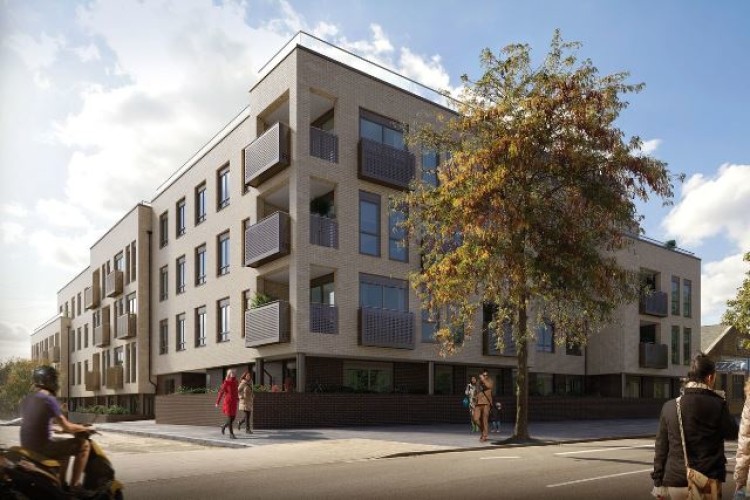The project will review different ways of delivering low cost, low carbon homes and monitor their performance in use. The research team will study the designs, watch the builders and ask residents’ opinions.
The aim is to help shape future UK policy on delivering low carbon homes in England and Wales.
The five housing developments to be studied are:
Active Homes in Neath: a development of 16 social rent homes by housing association Pobl Group. The homes are designed as mini power stations using battery technology, heat pumps and solar PV to generate around 80% of the energy they consume and so halve tenants’ energy bills.
Rayne Park, Norwich: the largest Passivhaus development in the UK. Norwich Regeneration is developing 172 new homes, of which 112 will be certified to the Passivhaus standard, reducing heating bills by 70%.

Etopia Homes, Corby: a scheme of 47 prefabricated modular homes that have a combined solar photovoltaic and thermal panel, heat pump, inter-seasonal storage and smart home equipment to deliver a net zero carbon standard on site.
Marmalade Lane, Cambridge: a cohousing community, where the 42 homes share communal facilities. The Marmalade Lane scheme has been designed with a fabric-first approach delivered with closed timber panels from Swedish supplier Trivselhus, combined with heat pumps.
Tallack Road, Leyton: a mix of 50 flats and houses. The development, delivered under the London plan policy for low carbon homes, is the first to use a large-scale communal air source heat pump feeding an ambient temperature heat network along with individual heat pumps. Together with solar photovoltaic panels, a 57% reduction in carbon emissions on site is predicted.
Building for 2050 is funded by the Department for Business, Energy & Industrial Strategy (BEIS). It is being managed by an Aecom-led research team, with architects Pollard Thomas Edwards, surveyor Fourwalls and environmental consultant Delta-ee.
Aecom regional director Alison Crompton said: “Signing up these five pioneering projects for our research is an important step towards future proofing new homes, paving the way for every new house in England and Wales to be low carbon and energy efficient. From early design right through to occupation, we’ll be combining technical and building performance reviews with social research to identify both the barriers and drivers of building low carbon new homes at scale.”
Got a story? Email news@theconstructionindex.co.uk



